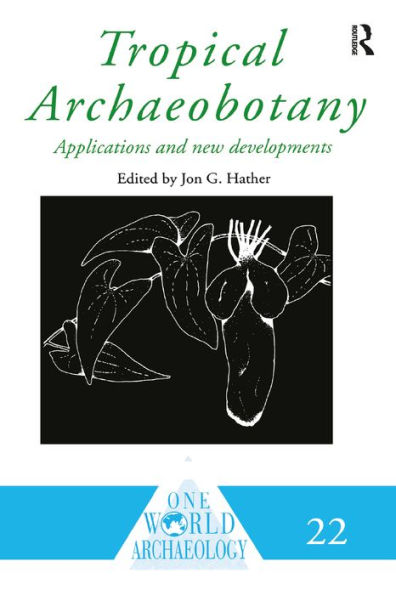5
1

Tropical Archaeobotany: Applications and New Developments
296
Tropical Archaeobotany: Applications and New Developments
296eBook
$42.99
$56.95
Save 25%
Current price is $42.99, Original price is $56.95. You Save 25%.
Related collections and offers
42.99
In Stock

Product Details
| ISBN-13: | 9781134681457 |
|---|---|
| Publisher: | Taylor & Francis |
| Publication date: | 10/28/2013 |
| Series: | One World Archaeology |
| Sold by: | Barnes & Noble |
| Format: | eBook |
| Pages: | 296 |
| File size: | 13 MB |
| Note: | This product may take a few minutes to download. |
About the Author
From the B&N Reads Blog
